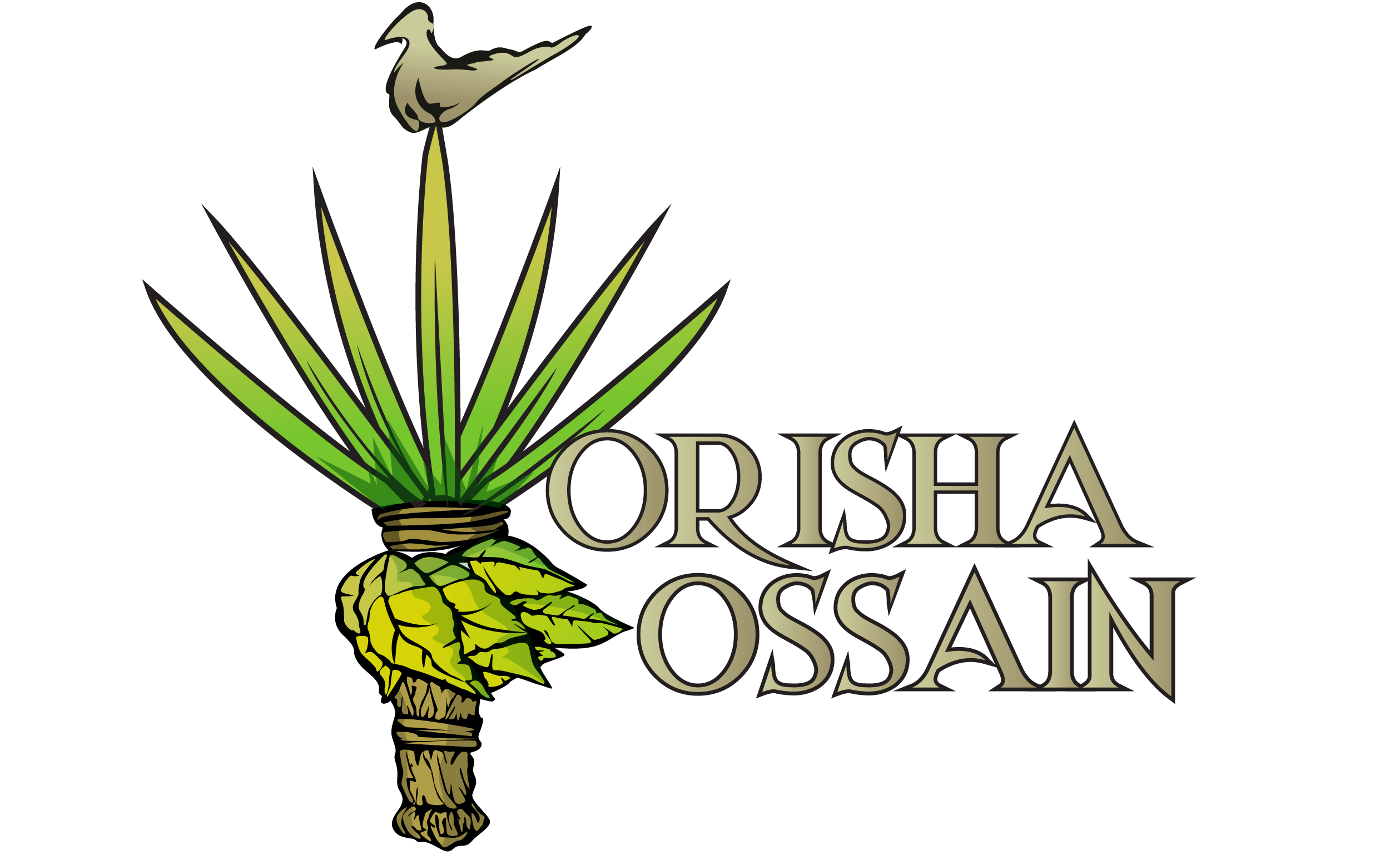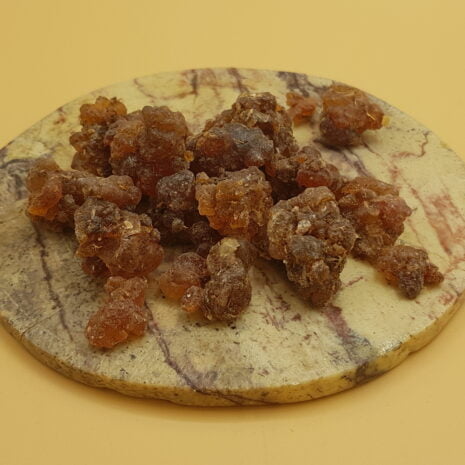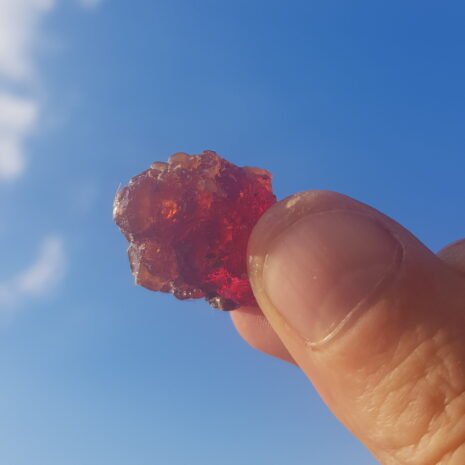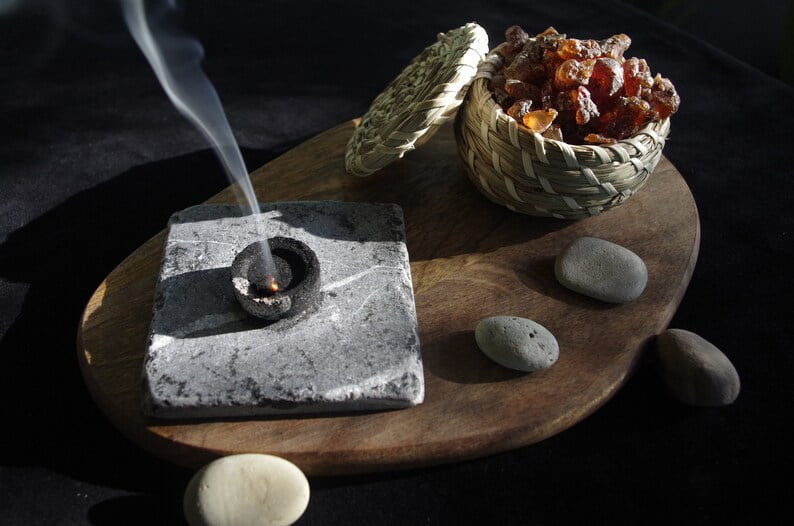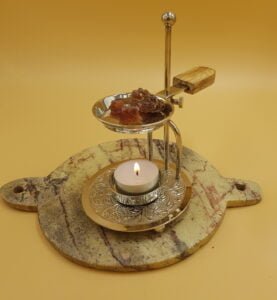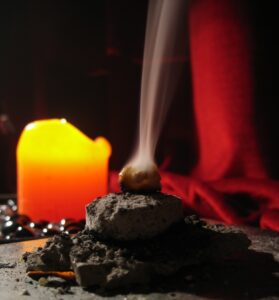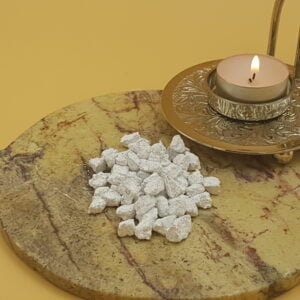Myrrh Kua Resin
From: $20.67
Myrrh Kua resin from Yemen is quite rare. This is a unique type of incense resin from the isolated Socrota island belonging to Yemen.
Sacred Myrrh Resin Incense
Grade: 1+
Origin: Socrota island, Yemen
Species Name: Commiphora Kua
Color: Translucent reddish brown
Myrrh Kua Resin
This is a type of Mhyyr coming from Yemen. More specifically, it comes from the Isolated island of Socrota at the edge of the Gulf of Aden. Myrrh Kua resin has a translucent appearance. This resin is unique, with a complex blend of sweet, ambery, and earthy notes that create an unforgettable aromatic experience.
Commiphora Kua
Commiphora kua is a plant species belonging to the Burseraceae family. It is a shrub or small tree with a smooth bark and branches that are often thorny.
The tree is found in East Africa, from Eritrea to Zambia, and in the southern part of the Arabian Peninsula. The shrub grows in drier areas with a (sub)tropical climate, mainly in groups of shrubs along the banks of lakes and in the middle of undergrowth and forests.
 Commiphora Kua tree
Commiphora Kua tree
Myrrh from Yemen.
The Myrrh I offer comes from Yemen. It’s commonly accepted that the highest quality Myrrh comes from the Socrota island and southeast of Yemen. The resin pieces are reddish brown in color and the scent is very intense and clean.
Myrrh Resin
Myrrh is the resin that’s extracted from the Commiphora myrrha tree. The reddish resin is formed within the bark of the plant. The extraction process involves cutting the plant longitudinally into its barks from which the gum oozes. The liquid drips and dries forming a drop-like hard substance. The process takes at least 14 days. However, the tree is tapped three consecutive times at a two-week interval. The constant tapping increases the amount of resin produced as the tree tries to fight infections that occur from the injuries inflicted.
Uses
The use of myrrh is entangled deeply with religion. From the biblical perspective, it is among the presents presented to baby Jesus at birth by three wise men. It highlights how precious the product has been since ancient times.
Another use of this product is in the manufacture of perfumes and other cosmetics. The product has a sweet aroma, and it is essential in the production of complex flavors.
What Does Myrrh Smell Like?
The woody smell of myrrh is highly distinct. This is a highly aromatic wood (similar to other aromatic woods such as sandalwood). Its aroma is complex and often associated with religious rites. As a result, myrrh is also used in aromatherapy in candles or in perfumery to make scents smell aromatic. Its aroma is sometimes used to flavor various traditional dishes.
Myhhr Quality Grades
The best quality myrrh originates from Commiphora myrrha. There are, however, other myrrh-producing trees such as Commiphora kua, Commiphora serrulata,Commiphora payfairii,Commiphora foliacea,Commiphora erythraea, Commiphora guidotti, Commiphora holiziana, Commiphora habessinica, among others.
The Myrrh resin obtained from the tree is set free of leaves, bark pieces, and soil particles. The quality of the product goes by color and smell. The best quality is red or brown, defined as A++ grade. The (very) dark myrrh, on the other hand, is impure with foreign particles.
